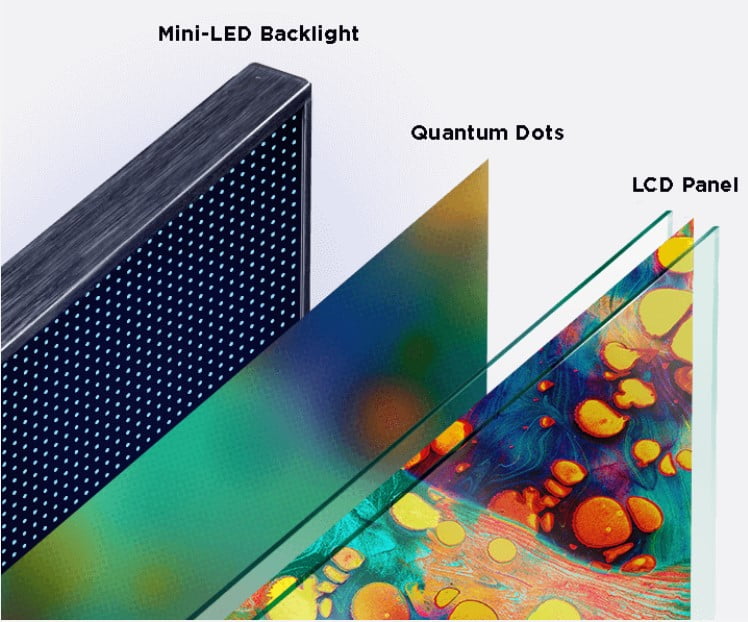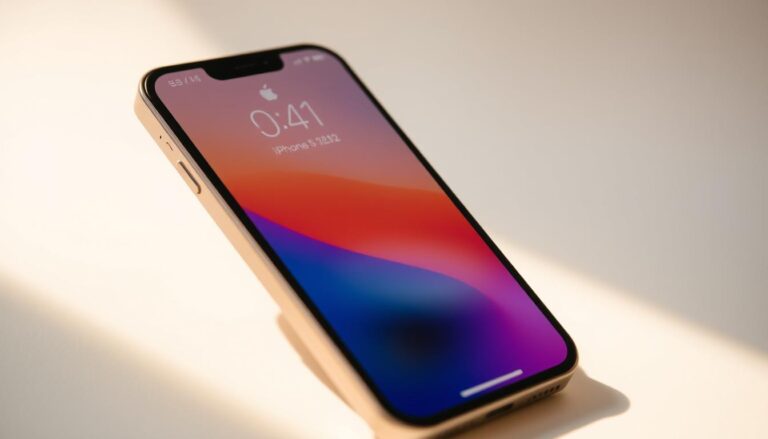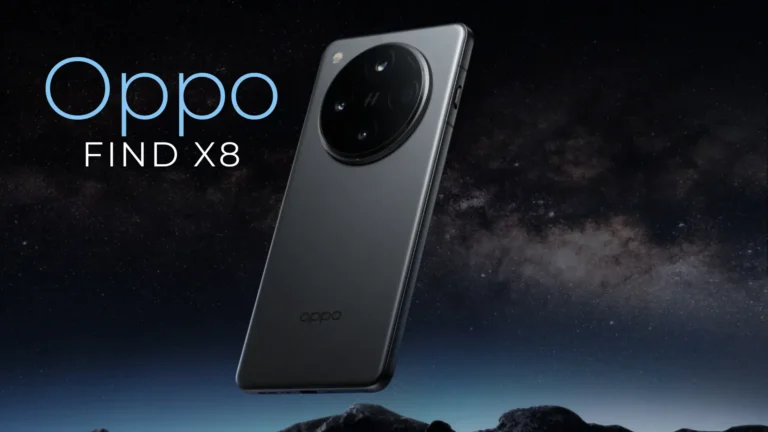Introduction
Compared to other current trends in television technology, Mini-LED TV models are increasingly popular due to its superior image quality and functionality as well as high-quality performance. Whatever category you are in, whether you are a tech-savvy buyer interested in home theaters, or a casual TV user, we have provided information on why exactly Mini LED TVs are considered so outstanding. Samsung, LG, and Sony are at the forefront of this new Mini-LED TV release and are currently providing diverse products for every kind of consumer.
Top Mini-LED TVs in 2024: Samsung, LG, and Sony
Best for: Premium Performance & Smart Features
Samsung made the first steps towards longer Mini LED TV technology with the launch of Neo QLED TVs. The QN85C is particularly good in contrast and especially in color accuracy, which is typical for the QN series. Supported by Samsung’s Quantum Matrix Technology and a strong Neo Quantum Processor 4K.
Key Features:
- Quantum Matrix Technology together with Mini LED
- Increased resolution up to 4K with the help of AI.
- High quality quality HDR support (HDR10+, Dolby Vision)
- It is ideally suited to gaming due to one million plus ultra-low latency.
- It supports Samsung’s Smart Hub so that its users can easily access their wanted contents.
Best for: Color Accuracy & Versatile Performance
The LG QNED75 series is the result of implementing Mini LED with NanoCell technology from the company. It is highly appreciated for colours as for colour range which makes it ideal for dynamic and rich image output.
Key Features:
- The model employs NanoCell + Mini-LED in order to deliver the best possible color representation.
- It is available with 4K resolution, and also supports Dolby Vision and HDR10.
- WebOS for Web browsing and streaming effortlessly
- The best gaming performance him display port with HDMI 2.1
- It uses low input lag and variable refresh rate ideal for the gaming experience.
Best for: Cinematic Viewing Experience
If you want to watch movies with incredible brightness and contrast levels, Sony’s X95K model features Mini LED backlighting. Sony Cognitive Processor XR powers this 4K TV with picture quality you experience as ultra-realistic and adapts to the content you are viewing.
Key Features:
- Mobile digital video broadcasting (DVB)
- XR Backlight Master Drive provides precise control over light
- With Dolby Vision and Dolby Atmos at a 4K resolution
- Seamless integration with streaming services with Google TV
- A design that’s ultra thin with premium build quality.
Why Consider Mini-LED TVs?

When shopping for a Mini-LED TV, there are a few factors to keep in mind to ensure you pick the perfect model for your needs:
- Picture Quality: The best picture quality you can purchase today from Mini LED technology is offered by all three brands: Samsung, LG and Sony. The colour accuracy, contrast and overall picture performance of the best choice all depends on your personal preferences though.
- Smart Features: But if you are a regular streamer, you should get a TV that has a user interface that’s easy to use. The seamless streaming apps accessible through Samsung’s Tizen, LG’s webOS or Sony’s Google TV allow you to perform everyday activities quickly.
- Gaming Features: Those are big win for gamers: low input lag, high refresh rates, and HDMI 2.1 support. Both the Samsung QN90B and LG QNED90 offer really good gaming performance.
- Budget: Different budgets have different Mini LED models. LG’s QNED90 wouldn’t be rising against Samsung and Sony for a similar premium feature set at a higher price point, but it’s not at all bad when compared outside of the premium features.
Conclusion
If your goal is to end up with an amazing home entertainment system, you may need to be ready to adjust to the world of mini-LED TVs. These TVs provide superior picture quality, better contrast and vibrant colours are an excellent choice for movie and TV lovers, gamers and the everyday TV fan altogether. With a Samsung, LG or Sony model, you’re guaranteed to be getting the best of the best in terms of a premium viewing experience similar to the highest in the industry. When you’re ready to commit to a Mini LED TV, cheque out the models we’ve listed above. The links that are present with the order shall help you to avail the best deals and to have a hassle free shopping.
Affiliate Disclosure: There are some affiliate links in this post. You don’t pay any extra to help support the content we create.
Frequently Asked Questions
Absolutely! Mini-LED TVs offer a significant upgrade from traditional LED TVs. They use thousands of tiny LEDs to backlight the screen, which allows for more precise control over brightness and contrast. This technology results in deeper blacks and brighter whites, creating a more dynamic and visually appealing image. Many users appreciate mini LED TVs for their improved color accuracy and reduced halo effect around bright objects. Overall, if you’re looking for a better viewing experience without breaking the bank, mini LED TVs are definitely worth considering.
Both mini-LED and OLED have their strengths, so the choice depends on what you value most in a TV. OLED (organic light emitting diode) panels offer perfect blacks and infinite contrast ratios because each pixel is individually illuminated and can be turned off completely. This makes OLED great for viewing in a dark room and delivers vivid colors. On the other hand, mini LED TVs are better in brightness and are less prone to burn-in issues that can sometimes affect OLED screens. They also typically come at a lower price. So, if you prioritize the deepest blacks and the highest contrast, OLED may be the right choice for you. But if you want higher brightness and a lower risk of burn-in, mini-LED is a strong contender.
Both mini-LED and QLED (quantum dot LED) have their advantages, and each excels in different areas. QLED TVs use quantum dots to enhance color accuracy and brightness, resulting in vibrant and dynamic images. Mini LED technology, often combined with QLED, improves backlighting by using smaller LEDs for better control of brightness and contrast. Essentially, when mini LED and QLED are combined, you get the best of both worlds: excellent color accuracy and great contrast. If you have to choose between them separately, it often comes down to preference for color performance versus overall contrast and brightness control.
Mini-LED TVs are built to last, with most models offering a lifespan comparable to traditional LED TVs. On average, you can expect a mini LED TV to last around 60,000 to 100,000 hours, depending on the brand and usage patterns. This longevity is generally due to the durability of LEDs and advancements in technology that help manage their performance over time. So, if you are investing in a mini-LED TV, you can be confident that it will serve you well for many years to come.
The primary benefits of mini-LED technology are its improved brightness control and improved contrast. Mini LED TVs use thousands of tiny LEDs to backlight the screen, which allows for better control over light distribution. This results in better contrast, with deeper blacks and brighter whites, and improves overall image quality. Additionally, mini LED TVs typically have a reduced halo effect around bright objects, providing a cleaner and more immersive viewing experience. This technology also supports high dynamic range (HDR) content exceptionally well, making it a great choice for high-definition and ultra-high-definition media.
While mini-LED TVs offer impressive image quality, they are not without their drawbacks. One potential disadvantage is cost; despite generally being more affordable than OLED, they can be more expensive than traditional LED TVs. Additionally, while mini LED TVs are better at brightness and contrast, they cannot achieve the same level of black depth as OLED, as the latter can turn off pixels completely to produce true black. Some users may also notice a blooming effect or slight light bleed in very dark scenes, although this is less obvious than with standard LED TVs.
Yes, mini-LED TVs are generally considered good for your eyes. They offer excellent brightness and contrast, which can reduce eye strain compared to older TV technologies that required viewers to frequently squint their eyes or adjust their viewing angle. Mini-LED technology also supports various picture settings that can be customized to reduce blue light and optimize brightness, thereby reducing the impact on the eyes during prolonged viewing. If you are sensitive to eye strain, look for models with features like blue light reduction and adjustable brightness to enhance your comfort.
The main difference between LED TVs and mini-LED TVs is in their backlighting technology. Both types of TVs use LED (light emitting diode) technology, but mini LED TVs take it a step further by using thousands of tiny LEDs for backlighting, as opposed to the larger LED arrays found in standard LED TVs. This smaller LED size allows for more precise control over brightness and contrast, resulting in better image quality with deeper blacks and brighter whites. Mini-LED TVs also typically offer better local dimming capabilities, which helps reduce the halo effect and enhance overall picture performance.








